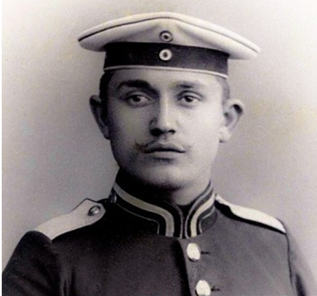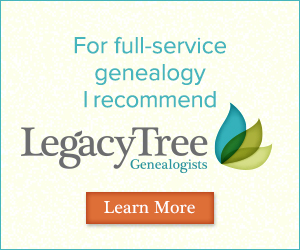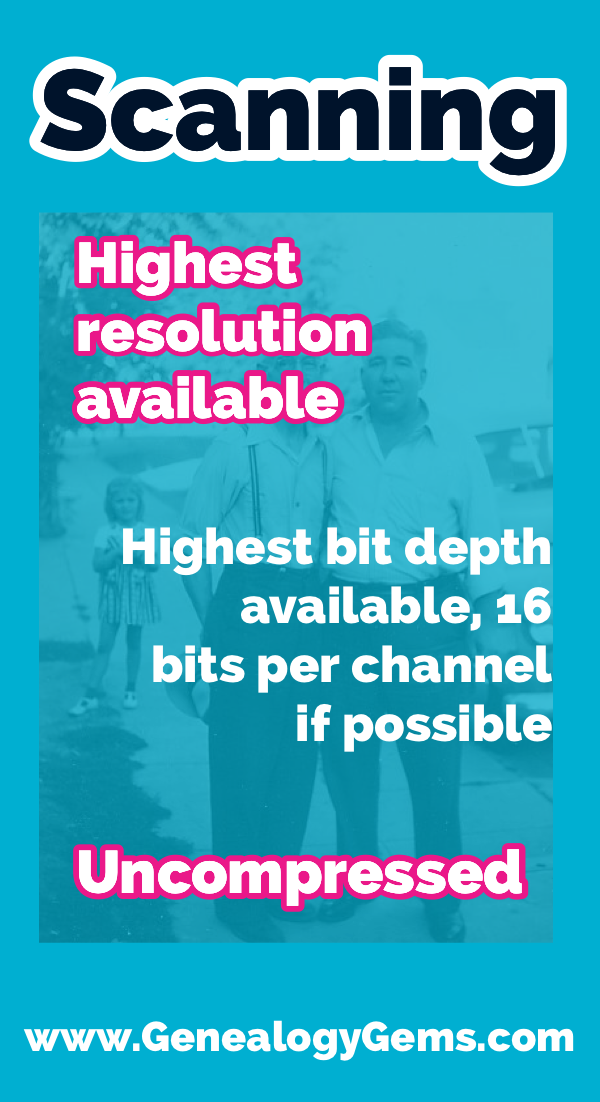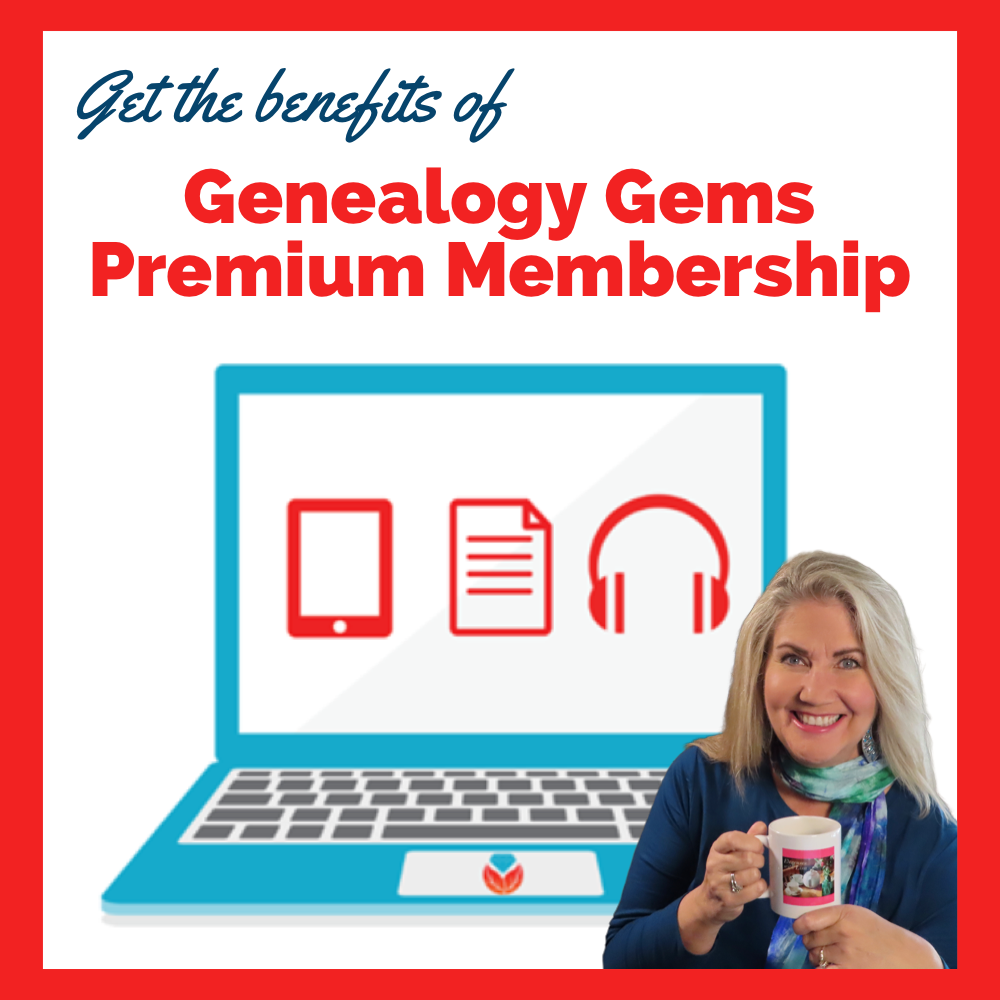Getting Help with a Genealogy Brick Wall
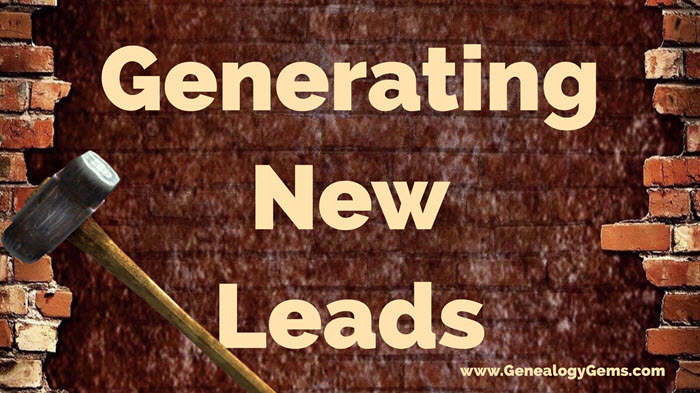
My Genealogy Brick Wall in Eastern Europe
Reviewing My Work
Legacy Tree Genealogists assigned me to a Project Manager, Camille Andrus, who reached out to discuss what I already knew and what I wanted to learn.
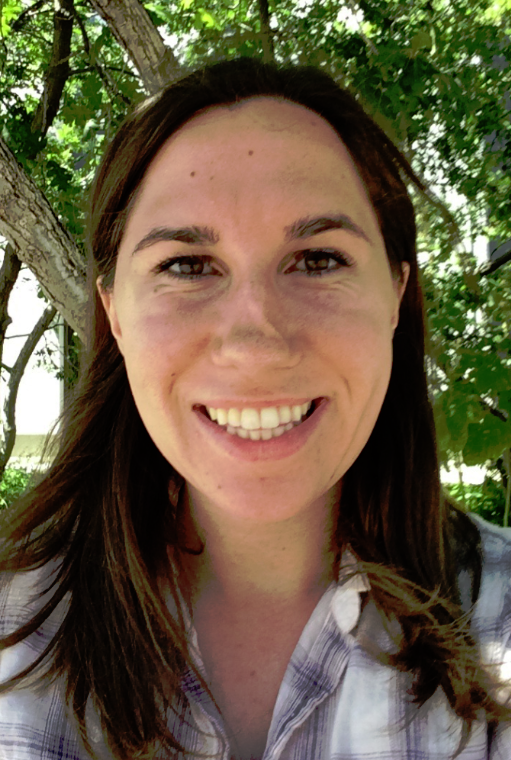
Camille Andrus, Project Manager, Legacy Tree Genealogists.
I requested their Discovery Research Plan, for which they just provide guidance about what record collections to consult and what methods or strategies to try. That way I can do the research myself (which I like doing!). I also asked Camille if she would write about her research process so I could share it with you. Here’s what she sent me:
We looked over Lisa’s work, and upon initial inspection everything looked great.
She had looked in the gazetteer (now available digitally at www.meyersgaz.org with maps of the area) and Lutheran church records. (Editor’s note: Learn more about using Meyers Gazetteer in the Genealogy Gems article 5 Expert Tips for Using Meyers Gazetteer for Your German Genealogy.)
She had searched the records for her ancestor’s supposed home parish. When that failed to yield results, she had done a partial radial search, searching records in several adjacent parishes. Check. Check. Check. She was following all of the integral steps, but still not having success.
What had she missed? What had she done wrong? The short answer — nothing. Her research was impeccable, and she was looking in the right places.
Getting Around the Genealogy Brick Wall
Camille had three specific suggestions for where to look next for great-grandpa Gus. At the end, she also offered some helpful reassurance. Here’s what she said:
1. Civil registration in East Prussia
After closer inspection of what Lisa had already tried, we saw several opportunities we could still pursue.
We looked up civil registration records available through a Polish archive, since what was East Prussia is now part of modern Poland.
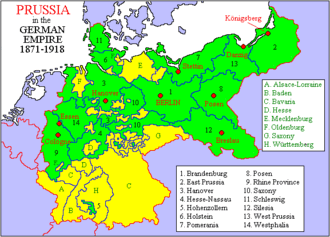
German civil registration in East Prussia began in October of 1874 and is an important resource for researching individuals from this area.
The Meyers Gazetteer confirmed that Kotten (where her ancestor was from) belonged to Kreis Johannisburg in the German Empire province of East Prussia. This village belonged to the Monethen (Kreis Johannisburg) civil registration district.[1]
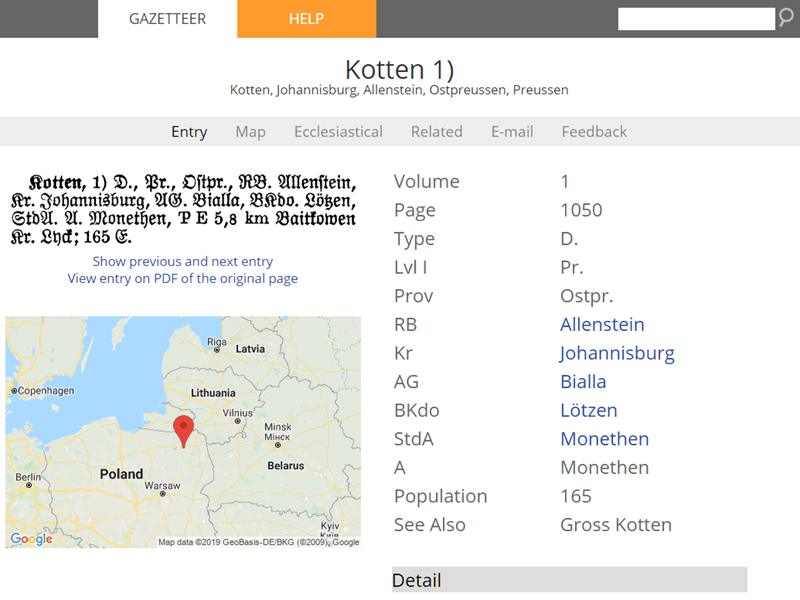
Using Meyers Gazetteer to find German places
The Olsztyn State Archive inventory lists several birth, marriage, death, and family books for the Monethen Civil Registration Office, but the books only cover the late 1930s and early 1940s. The whereabouts of the registers covering 1874 through the early 1930s are unknown.
It appears as though the records covering this time period have been lost or destroyed. This situation is not unusual for East Prussia, in general due to the numerous conflicts that have occurred in the area over time.
2. Church records in East Prussia
Another major resource for German genealogy research is church records.
The Meyers Gazetteer database noted that Protestant residents of Kotten attended church in the nearby town of Baitkowen (Kreis Lyck).[2]
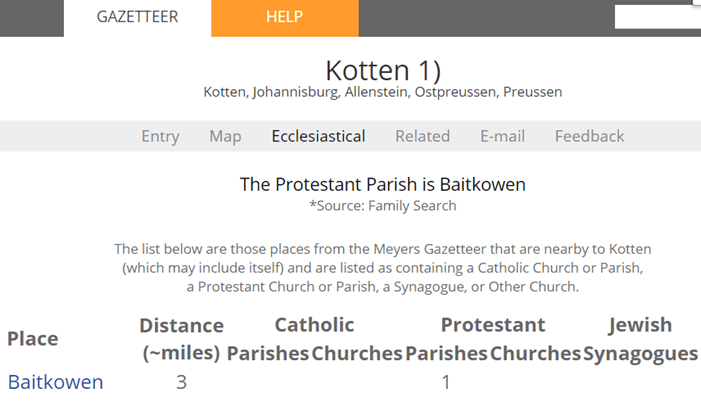
The church book inventory for Baitkowen revealed that the Protestant parish was established in 1891, a decade after the ancestor Gustav Sporowski was reportedly born. No sacramental registers for this parish are known to be extant. It should be noted that the Baitkowen parish was created from parts of the Lyck, Ostrokollen, and Drygallen parishes.[3]
The Protestant parish of Drygallen (Kreis Johannisburg) has extant baptismal records which are available on microfilm at the Family History Library for the years 1730-1821 and 1844-1875.[4] Lisa indicated that she had reviewed these files but did not find any Sporowskis.
The Lyck Landgemeinde (the congregation for parishioners living outside city limits) was founded in 1704, but there are no known extant baptismal records for this parish after 1808.[5]
3. Following up on clues
A key clue came from Lisa’s notes. She mentioned that Gustav and his wife were married in Lütgendortmund, a town hundreds of miles west of Gustav’s birthplace, before ultimately immigrating to the United States.
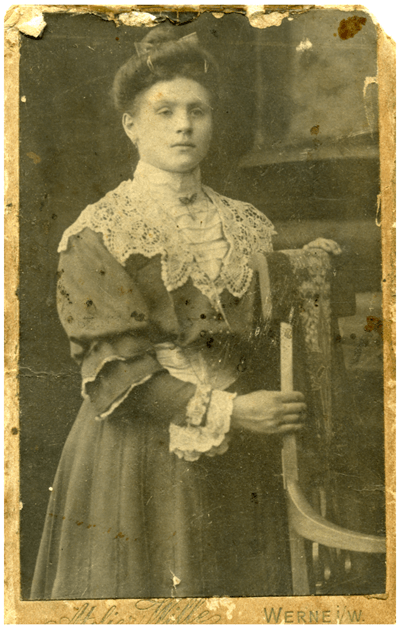
Louise at the time of her marriage
Luckily, their marriage occurred in a time when civil registration had been instituted. A search for marriage records showed there are civil registration records available for the town of their marriage, which are available at an archive in Detmold.
We were able to advise Lisa that further research should pursue this record, as it may list information about his parents.
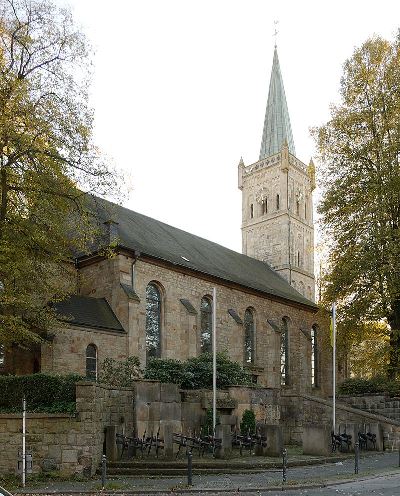
The Protestant Bartholomew Church in Lütgendortmund, Dortmund, Germany. Von Smial – Eigenes Werk, FAL. Click to view.
The Bottom Line
The bottom line is if you feel stuck, it’s not necessarily because you are doing anything wrong.
Review the “checkboxes” of your research plan to ensure you aren’t missing any integral clues.
If after final review of methodology concludes that you’ve pursued every avenue, the lack of success may be attributed to gaps in the records or perhaps they have been lost completely. Other times all you need is one clue to put you back on the right track.
This is exactly the kind of advice I was hoping for: expert and specific!
Hire a Professional Genealogist for a Quick Consult or Project
If you have hit a genealogy brick wall in Eastern Europe (or anywhere else) and would like a professional to review your work, I recommend contacting Legacy Tree Genealogists. They have helped many clients like me to solve their family history mysteries, and would love to help you as well!
You can hire a genealogist like Camille through their Genealogist-on-Demand™ service. Receive research strategies and advice from a professional genealogist during your 45-minute consultation that will help you continue your own research. Your virtual genealogy consultation will allow you to have your questions answered in real-time by an expert–all from the comfort of your own home!
Need even more help? Here’s an exclusive offer for Genealogy Gems readers: Receive $100 off a 20-hour research project using code GGP100. To learn more about Legacy Tree services and its research team, visit https://www.legacytree.com.
Disclosure: This article contains affiliate links and Genealogy Gems will be compensated if you make a purchase after clicking on these links (at no additional costto you). Thank you for supporting Genealogy Gems!
[1] Search the Meyers Gazetteer, Kotten, Johannisburg, Allenstein, Ostpreussen, Preussen, http://meyersgaz.org/place/11050078, accessed August 2017.
[2] Search the Meyers Gazetteer, Kotten, Johannisburg, Allenstein, Ostpreussen, Preussen, http://meyersgaz.org/place/11050078, accessed August 2017.
[3] Ostpreussen, Genealogische Quellen, Kirchbuchbestände Kreis Lyck, ev. Baitkowen (Baitenberg), http://wiki-de.genealogy.net, accesesed August 2017.
[4] Ostpreussen, Genealogische Quellen, Kirchbuchbestände Kreis Johannisburg, ev. Drigelsdorf (Drygallen), http://wiki-de.genealogy.net, accesesed August 2017.
[5] Ostpreussen, Genealogische Quellen, Kirchbuchbestände Kreis Lyck, ev. Lyck Stadtgemeinde, http://wiki-de.genealogy.net, accesesed August 2017.
NEW Genealogy Book Club: Here’s a Gem Inspired by You!
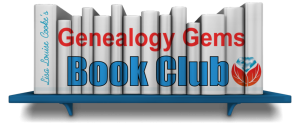 We’ve heard from you, our readers and listeners that you LOVE to read! Well, we’ve just launched a great new FREE program for you: the Genealogy Gems Book Club!
We’ve heard from you, our readers and listeners that you LOVE to read! Well, we’ve just launched a great new FREE program for you: the Genealogy Gems Book Club!
This is an idea we have been percolating on for quite a while with your encouragement. You regularly send me the names of books you love. I also hear from publishers and the authors themselves. Now we can all come together as a genealogy book club community!
The Genealogy Gems Book Club is a virtual, no-commitment option that features a book every three months that I consider a genealogy gem. We will focus on mainstream nonfiction and fiction titles that explore themes you care about, like family ties, heritage and history. These are books you will want to read for pleasure and recommend to anyone, not just other genealogy lovers.
My favorite part of the Genealogy Gems Book Club is the exclusive author interviews that will appear on the Genealogy Gems free and Premium podcasts in the third month of the featured book (after people have had time to read it). After all, podcasts are all about conversation! I’ve learned in the past that you love interviews with authors, whether you have read the book or not.
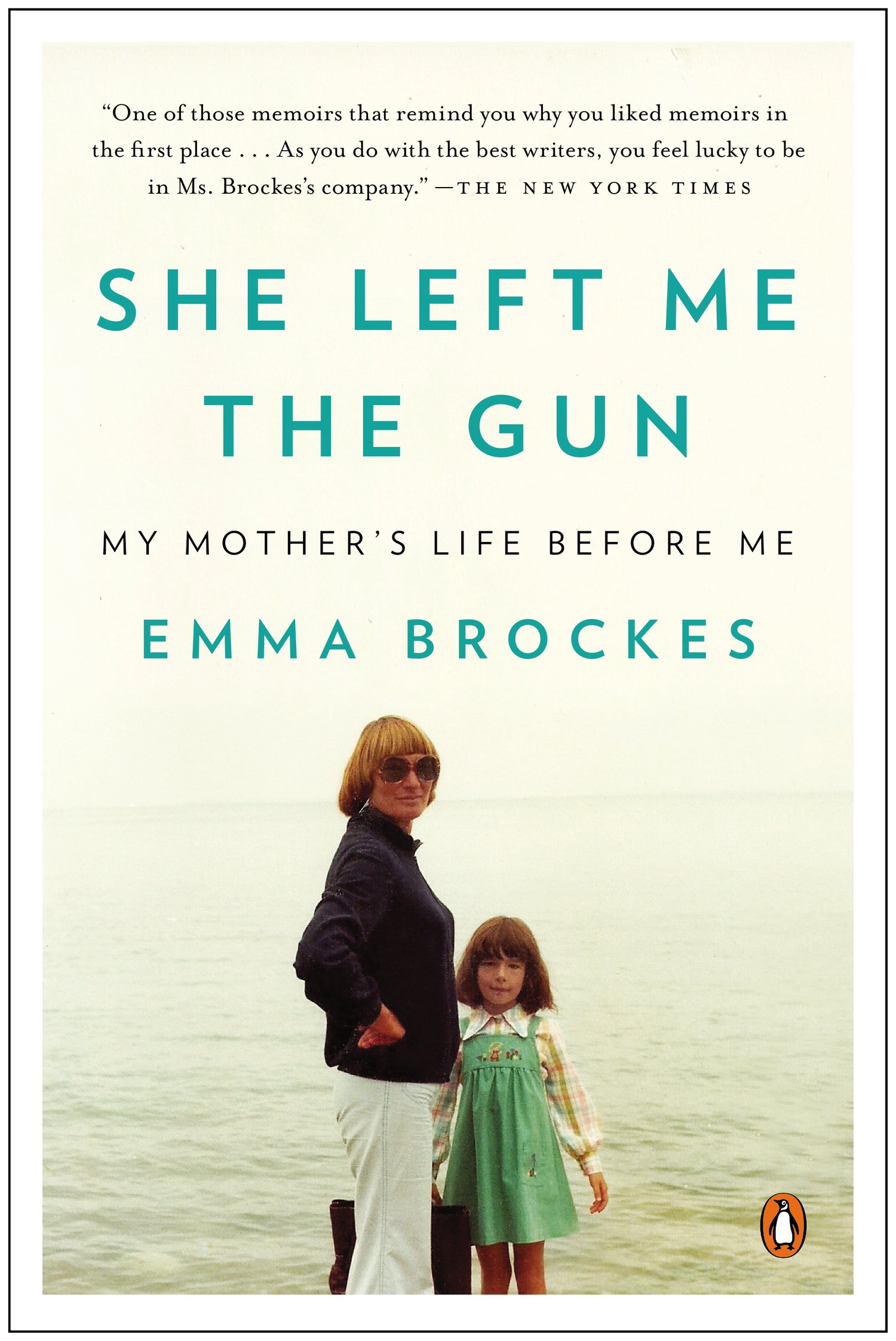
She Left Me the Gun: My Mother’s Life Before Me by award-winning U.K. journalist Emma Brockes. It recounts the author’s discovery of her mother’s traumatic childhood in South Africa. Genealogy Gems Contributing Editor and Book Club Guru Sunny Morton loves this book: “This is a genealogical journey, complete with trips to archives, poring over old court cases and dramatic reveals. It’s also about learning the past from living relatives. This is the ultimate how-to book for exploring and sharing sensitive family stories because she shows you how it’s done.”
Here’s how the three-month cycle works for this new genealogy book club:
- In the first month, Sunny Morton, our Genealogy Book Club Guru will introduce us to a new title on the Genealogy Gems free podcast, the Premium Podcast and on the Genealogy Gems blog. She will share a quick run-down on the book and why she recommends it.
- In the second month, Sunny and I will discuss a gem from the book, and recommend additional titles in case you are looking for something more to read.
- In the third month, our featured author will join the Genealogy Gems podcast for an exclusive interview. Excerpts from the interview will run on the free podcast and the entire interview will air on the Genealogy Gems Premium Podcast.
To follow the Genealogy Gems Book Club, go to our home page and sign up to receive our FREE monthly newsletter (you’ll receive my Google Search ebook too as a welcome gift!) Then check in periodically at the Genealogy Gems Book Club webpage, which summarizes all books covered to date and includes additional recommendations. And of course, subscribe to the Genealogy Gems Podcast in iTunes.
Ready to become a Premium member so you’ll catch the full author interviews as well as all the other in-depth coverage on the Genealogy Gems Premium  podcast? Click here to learn more.
podcast? Click here to learn more.
Listen to Genealogy Gems Podcast episode 172 for more details.
See you at the Genealogy Gems Book Club!
Digital Preservation Library of Congress Style – Episode 75
- best practices for preserving a variety of files types
- understanding the best way to scan documents and photos that will endure the test of time.
- efficient, automated file backup and storage practices that involve little or no effort.
Episode 75 Show Notes
(Get your ad-free Show Notes Cheat Sheet at the bottom of this page in the Resources section.)
Genealogists need to know a few things in order to create the highest-quality digital files that they can pass along to future generations. Things like:
- best practices for preserving a variety of files types
- understanding the best way to scan documents and photos that will endure the test of time.
- efficient, automated file backup and storage practices that involve little or no effort.
Mike knows a bit about these things because he wrote about digital preservation at the Library of Congress for 16 years. Recently he published a book called “Organizing and Preserving Your Digital Stuff: Easy Steps for Saving Files Like the Library of Congress.”

Available here at Amazon. (Affiliate link – thank you for supporting this show.)
In this episode Mike Ashenfelder shares how you can apply these professional best practices to your precious files and get them in great shape.
Changing Digital Formats and Technology
Remember cassette tapes, 8-track tapes, long-playing vinyl albums, 78s, or how about even cylinders? The changing formats of audio over the years is a prime example of how technology keeps changing. And that change forces us as family historians to change too.
Large cultural institutions are faced with the challenge of continually changing digital formats and technology as well. According to Mike Ashenfelder, “it’ll continue to evolve…technology evolves.
Your digital camera takes JPEG photos for instance. My iPhone’s camera, it takes something called .HEIC. I’ve never heard of that up until we got this new camera. But it’s another contender, and there will no doubt be another one further down the road.
The point of my book is that you should save all files in the highest quality, so that you can pass them along to future generations. And yeah, there will always be new software, there will always be new files to save something might be better than .GEDCOM files (for genealogy). You never know. But basically, it comes down to saving, organizing and preserving things as best you can.”
Because file formats will continue to evolve, like archivists at large institutions such as the Library of Congress, it’s critical that family historians keep their eye on the latest standards and take steps to keep up before their current media is obsolete.
Digital Preservation at the Library of Congress
According to Ashenfelder, the Library of Congress received a large government grant in 2000 to study digital preservation and how other institutions were handling it. They pulled in other institutions and shared information. In the end, they discovered that generally speaking cultural institutions “all have the same basic practices.”
At the LOC, Ashenfelder wrote about digital preservation and interviewed a lot of subject matter experts. While there were many similarities, some details varied from institution to institution or project by project. But essentially, it always comes back to following standardized practices that ensured that files could be found. And that’s what we want as genealogists. We work hard to find genealogical records the first time, and no one wants to struggle to find them a second time on their own computer.
As we’ve discussed in previous videos and articles here at Genealogy Gems, well organized, easy to find files are more likely to be retained when passed onto future generations. If our files look disorganized and unnavigable, they run a greater risk of being tossed or lost.
Ashenfelder explains that institutions like the Library of Congress put naming conventions in place and stick to them. If you’d like to learn more about naming conventions and hard drive organization for your digital genealogical files, watch episodes 7 & 8 of Elevenses with Lisa, and my video class Hard Drive Organization.
Preserve Photos Like the LOC
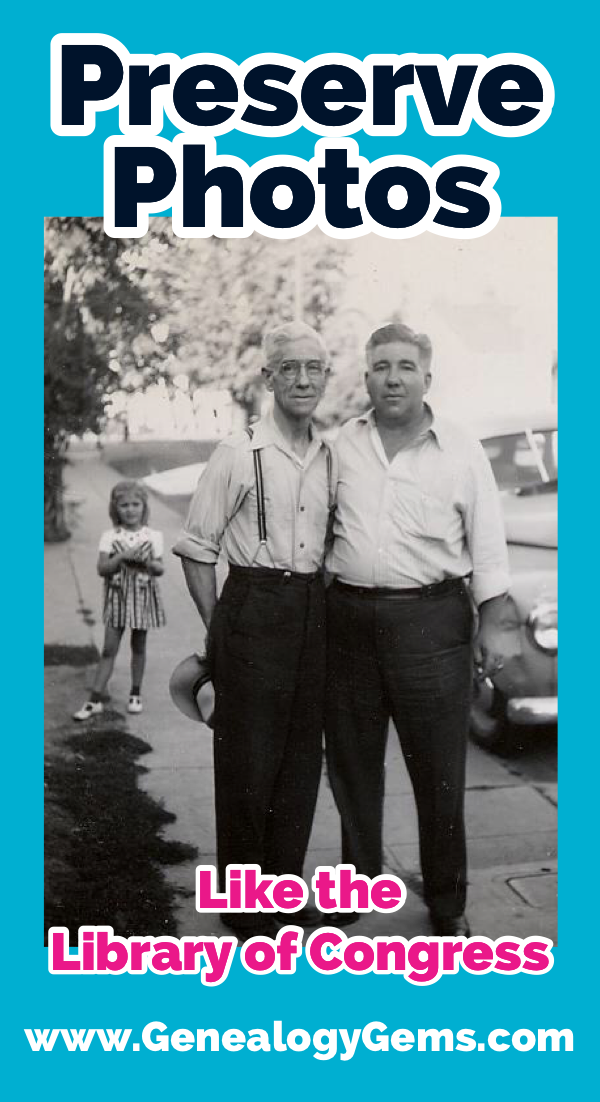
Scanning Photos
File Formats
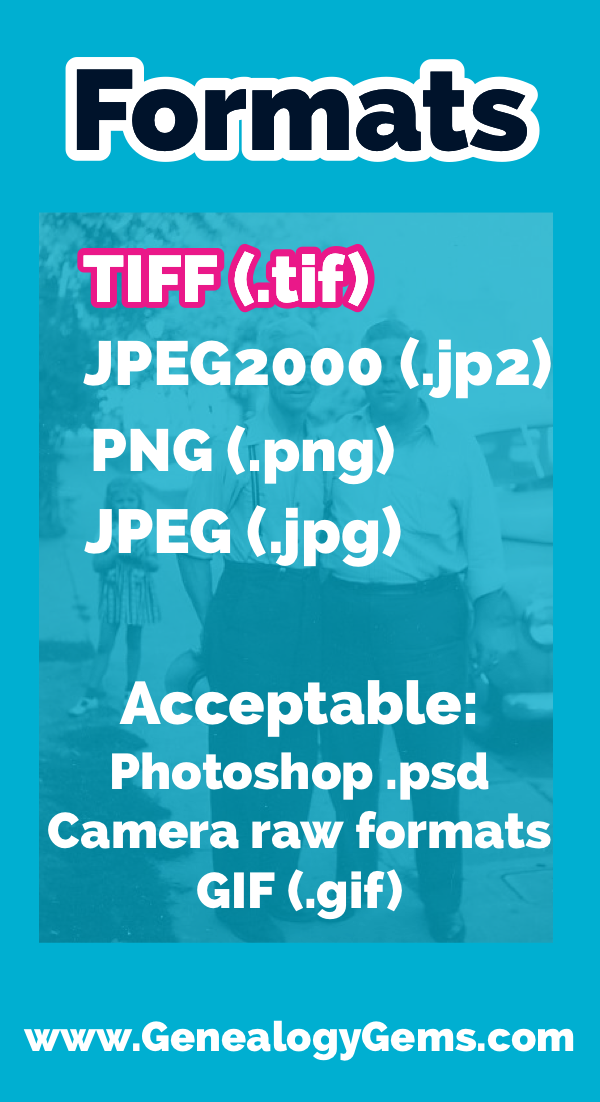
Metadata
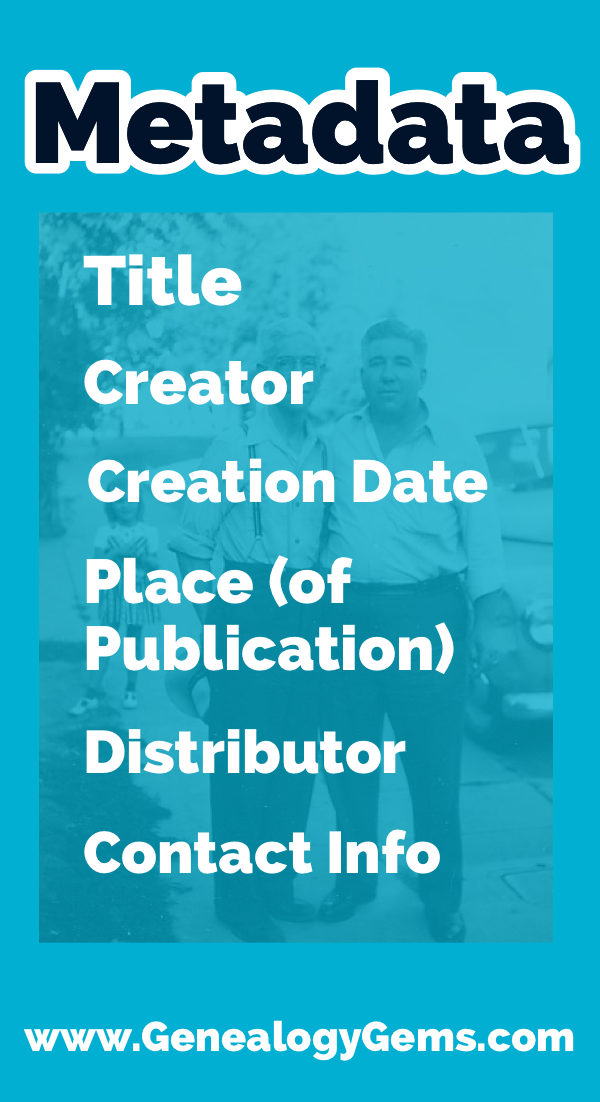
Cloud Backup
I’ve used Backblaze for many years to ensure that all of my computer data is backup on the cloud offsite. Mike said that an executive at Apple recommended it to him as well. Get a free trial of Backblaze (thank you for using our affiliate link if you decide to try it out.)
Resources
These show notes feature everything we cover in this episode. Premium Members: download this exclusive ad-free show notes cheat sheet PDF. Not a member yet? Learn more and join the Genealogy Gems and Elevenses with Lisa family here.
How to Watch the Show Live
Three ways to watch:
1. Video Player (Live) – Watch live at the appointed time in the video player on the show notes page.
2. On YouTube (Live) – Click the Watch on YouTube button to watch live at the appointed time at the Genealogy Gems YouTube channel. Log into YouTube with your free Google account to participate in the live chat.
3. Video Player above (Replay) – Available immediately after the live premiere and chat.
Elevenses with Lisa Archive
See all of the available episodes here.
Questions about Finding Show Notes: Watch this Video:
Finding and Downloading Elevenses with Lisa Show Notes
Get My Free Newsletter
World Digital Library at the Library of Congress
 I just love hearing about the growth of digital libraries! Here’s a recent post from the Library of Congress:
I just love hearing about the growth of digital libraries! Here’s a recent post from the Library of Congress:
“The World Digital Library, a collaborative international project led by the Library of Congress, now includes more than 10,000 manuscripts, maps and atlases, books, prints and photographs, films, sound recordings, and other cultural treasures. The 10,000-item milestone was reached earlier today with the addition of a set of priceless manuscripts from the Walters Art Museum of Baltimore, Maryland, a WDL partner since 2010.
The latest contributions include an early 16th-century Gospel manuscript from Ethiopia, written in Amharic and in Geez, the ancient liturgical language of Ethiopia; a manuscript containing a richly illuminated Ottonian Gospel book fragment believed to have been made at the monastery of Corvey in western Germany during the mid-to-late 10th century; and a menologion, or church calendar, in Greek, created in Byzantium circa 1025-1041.
With the latest additions, the WDL includes 10,037 rare and unique items, comprising nearly 500,000 images. Content contributed by 102 institutions in 46 countries is on the WDL site, which can be accessed in seven languages: Arabic, Chinese, English, French, Portuguese, Russian, and Spanish.
 Proposed by the Librarian of Congress and launched in 2009, the World Digital Library makes significant primary materials from countries and cultures around the world freely available. The principal financial supporters of the WDL are Carnegie Corporation of New York, the Qatar National Library of the Qatar Foundation, and the James Madison Council of the Library of Congress.”
Proposed by the Librarian of Congress and launched in 2009, the World Digital Library makes significant primary materials from countries and cultures around the world freely available. The principal financial supporters of the WDL are Carnegie Corporation of New York, the Qatar National Library of the Qatar Foundation, and the James Madison Council of the Library of Congress.”
Read more at the Library of Congress Press Page.

